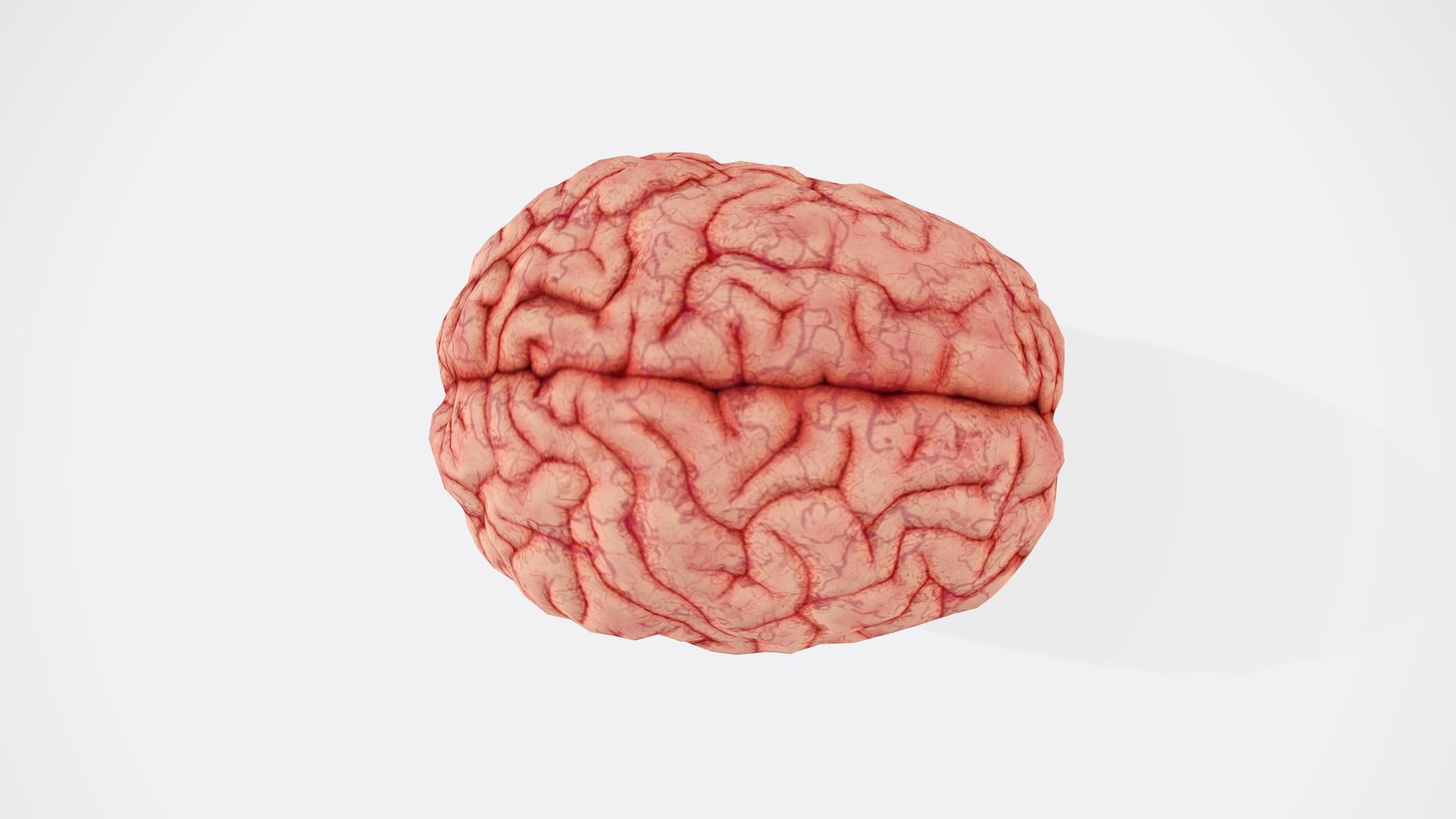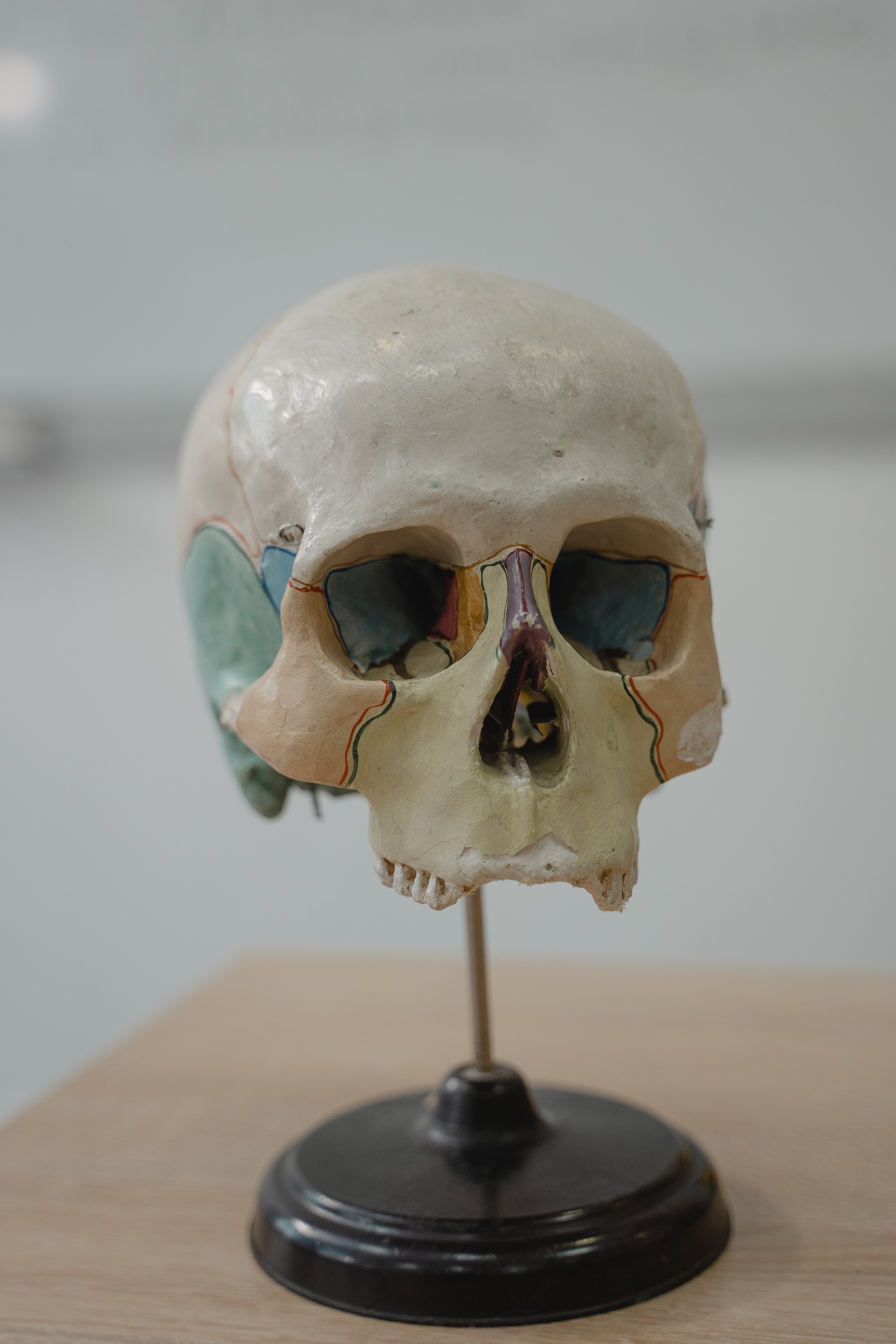Lorrie's interview with Dr. Been: Long Covid Research and Tips
/Make sure to subscribe to keep up with the latest discoveries and approaches for Long Covid, ME/CFS and Fibromyalgia.
Full recovery is possible! Get on the waiting list for the Relief & Transformation: Recovering from Long Covid and ME/CFS course. You can also be part of our Membership: Managing Long Covid and ME/CFS program or schedule a “Best Next Step” Health Strategy Consultation.
Who is Dr. Syed Mobeen?
Dr. Mobeen Syed is a renowned physician and educator who has been at the forefront of understanding and addressing the complexities of long COVID. In this blog post, we'll explore the challenges and breakthroughs in managing Long Covid symptoms and emphasizing the importance of a holistic approach to healing. You'll learn some actions you can take to prevent getting Covid again and a great practice to alleviate brain fog.
You might know him as "Dr. Been" from his widely known YouTube channel. After graduating from King Edward Medical School in 1994 and practicing clinical medicine for a few years, he ventured into computer science. His goal was to merge innovative technologies with healthcare. He later established a company that aims to create a managed marketplace for medical providers, empowering them to merge medicine with new technologies.
Long COVID Research
Dr. Mobeen's initial interest in long COVID research was not planned. It began in early 2020 when the pandemic emerged. Misinformation was rife, prompting him to correct misconceptions via a series of articles. This developed into a larger project aimed at educating the public.
His observations indicated that many long COVID patients were not receiving the attention and care they required. Many displayed symptoms months after the initial COVID infection, leading some medical professionals to dismiss them as merely psychosomatic. This motivated Dr. Been to delve deeper into Long COVID, hoping to provide useful insights for both patients and their healthcare providers.
Symptoms and Similarities Between ME/CFS and Long COVID
The overlap in symptoms between ME/CFS and long COVID is significant. Both conditions present with fatigue, post-exertional malaise, neurological issues, muscle pain, and a host of other symptoms. However, there is a distinct difference in their pathophysiology. Dr. Been stipulates that Long COVID patients tend to show recovery signs over time, while many ME/CFS patients remain chronically ill for extended periods. (I personally have more thoughts on this that I'll expound upon in future blog entries.)
Navigating New Variants and Protective Measures
There are always newer strains of COVID emerging, so it's important to keep up to date with how they present, for example, a more recent strain has a "pink eye" symptom which means a Covid diagnosis is more likely to be missed.
Vaccinations provide a layer of defense, but some individuals, including Dr. Been, have contracted the virus post-vaccination. One effective preventive measure that has been beneficial for him is the use of an iodine nasal spray, which significantly reduces the risk of contracting the virus during exposures.
The Promise of Iodine Nasal Spray
Dr. Been strongly emphasized the potential protection derived from using an Iodine nasal spray. He shared his personal experience, highlighting its effectiveness in shielding him from infections. However, it's important to remember that while the Iodine nasal spray might be beneficial, one must still be cautious. Those with thyroid concerns should consult with a doctor before using iodine products.
Moreover, incorrect dilution can lead to nasal irritation or even injury. For instance, a too-concentrated homemade spray with 10% dilution can lead to severe burning. It's often recommended to procure a tried-and-tested product from reputable sources, avoiding potential complications. This is a brand that fits all the criteria.
Decoy Cells: A Fascinating Defense Mechanism
An incredibly compelling segment of my discussion with Dr. Been was about our body's anterior nasal cavities. These cavities are home to what scientists label "decoy cells". To visualize, imagine a large, primary nasal cell creating a smaller, baby-like version of itself. The catch? This smaller cell isn't fully functional, lacking crucial parts such as a nucleus. However, its external composition matches the primary cell, including all vital receptors.
When a virus, say the COVID-19 virus, lands in our nose, our body releases millions of these decoy cells. The virus, mistaking these cells for the real deal, attempts to infect them, only to get trapped since these decoy cells lack the necessary machinery for the virus to replicate. It's nature's trap!
However, these decoy cells have an Achilles heel. Cold temperatures, even short exposures of around 8 to 10 minutes, can wipe out 50% of these cells and hinder their production by up to 75%. This phenomenon can leave individuals, especially those with long COVID or ME/CFS, vulnerable to infections.
A suggested countermeasure, particularly for those residing in colder climates, is to keep the nose warm. Simple measures like wearing a muffler can help maintain a stable temperature, shielding the nasal cavity from abrupt temperature changes.
Brain Health and Infections
Shifting gears to more intensive research, particularly in the context of the recent global pandemic, so many comprehensive studies are emerging that shed light on the long-term implications of SARS-COV-2 infections. One of the most captivating aspects of these studies revolves around the discovery of the lingering presence of spike proteins in the bone marrow of the skull. Intriguingly, this persistence is noted long after the primary infection has seemingly vanished from the body.
One of the most captivating aspects of these studies revolves around the discovery of the lingering presence of spike proteins in the bone marrow of the skull.
This discovery isn't just a minor footnote in the annals of medical research. It suggests a potential pathway that allows the virus, through these residual spike proteins, to find its way to the meninges of the brain. The meninges is a critical protective barrier that could then be compromised, allowing the virus to cross the blood-brain barrier. Once this threshold is breached, the potential for widespread neural impact, including the tragic eventuality of brain cell death, becomes a dreaded reality.
While these insights might be scary, they provide invaluable knowledge. They offer a broader understanding of the repercussions of the virus, especially when trying to decode the symptoms that have come to be associated with long COVID. The term "long COVID" itself has become a focal point for many in the medical community. As patients worldwide report symptoms persisting far beyond the typical recovery period. As we piece together this puzzle, it's evident that these neurological impacts could be a significant piece of the story.
Make sure to keep an eye out for upcoming blog and podcast about how to address spike proteins using Augmented NAC. Use the Code: W2FFBD32 at checkout.
It's crucial to remember that with every scientific revelation, our understanding of this virus and its impacts evolves. While the picture painted by these findings might be unsettling, it also arms us with the knowledge we need to tackle the challenges ahead. Both in terms of treatment and preventive strategies. The world of medical research is ever-evolving, and with dedicated researchers and industry professionals like Dr, Been, we can be hopeful that more answers will be provided and, eventually, solutions.
DISCLAIMER: The information offered is for informational and educational purposes only. It is not intended as a substitute for medical or psychological care or advice. Consult your physician or other health care provider regarding your symptoms and medical and psychological needs.






